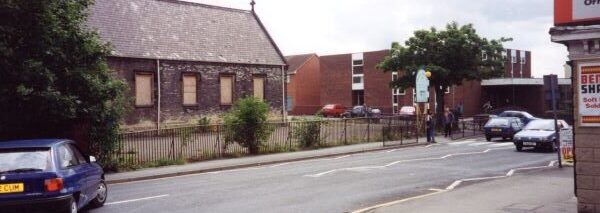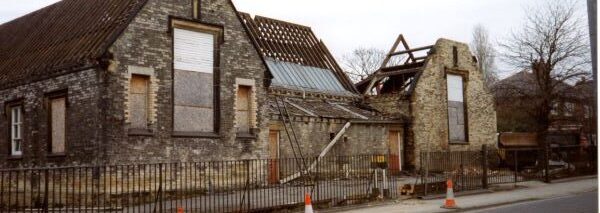These are links to points of interest listed on this page
Townend

The Junction at the top of Briggate/Main Street- Wakefield Road in the centre, Station Rd now called Aberford Rd on left and Barwick Road on right of image 1 The lady with her hands on her hips is Mrs Hebden who lived on Station Road
Opposite is the butchers shop of Squire Backhouse. It had a stable door and its reported that he spent a lot of time leaning over it chatting to passers-by. Mr Backhouse slaughtered beasts on the premises. The shop adjacent with the board was Frank Ashtons Chemists. (Aberford Road- previously Wakefield-Aberford Turnpike).
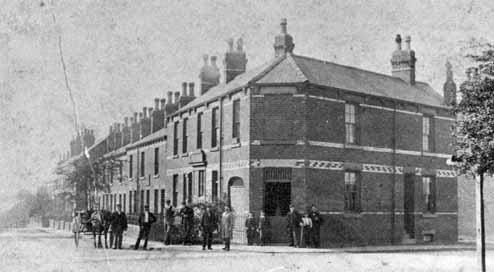
Before Image is Fewsters Garage closed in 2007(Previously Rossals)

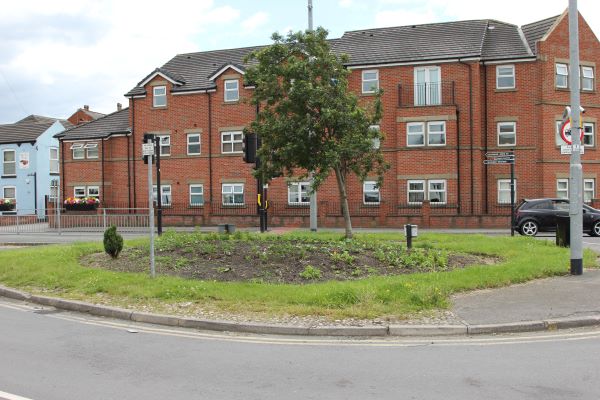
Bank Row
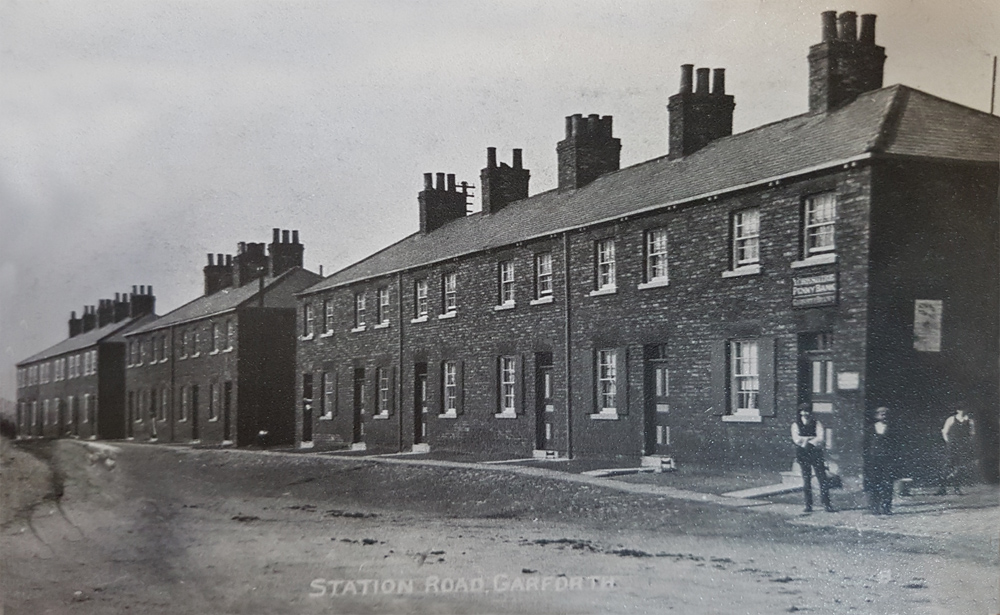

These three blocks of houses became known as Bank Row were built in early 19th Century to house the increasing numbers of miners . The Sisters Pit was just a short walk behind these houses. The house behind the three people was called Bank House and still is. It was owned by Mr. and Mrs. Dixon, part of the Dixon family who were the last toll-keepers at the Toll Bar House on Aberford Road near Bar Lane. In 1859 The Yorkshire Penny Bank rented a room to act as the first bank in Garforth. On alternate Saturdays it was run by Ben Chadwick, Headmaster of the Colliery School in East Garforth. The road in front was known as Station Road before the name changed to Aberford Road – originally it was the Wakefield to Aberford Turnpike toll road.
Railway Bridge over Barwick Rd.
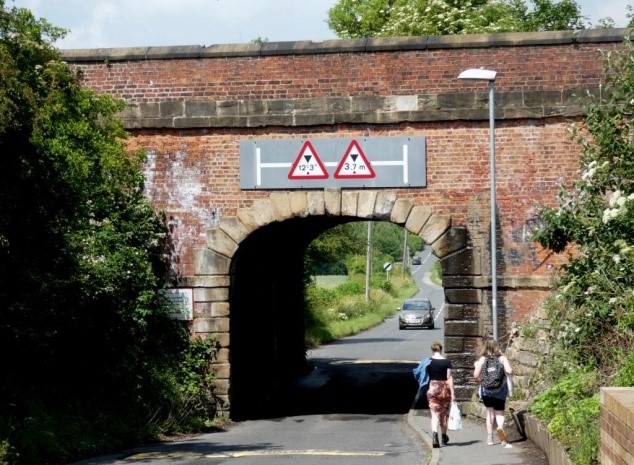
Bridge carries Leeds Selby Railway over Barwick Road close to Townend. This bridge is Grade 2 Listed
Police Station
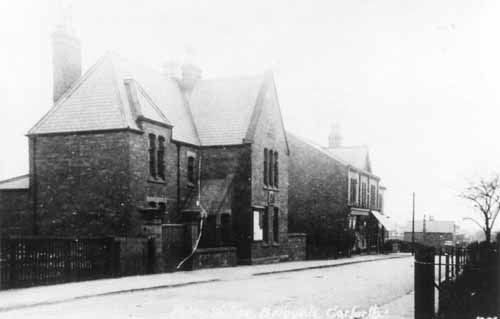
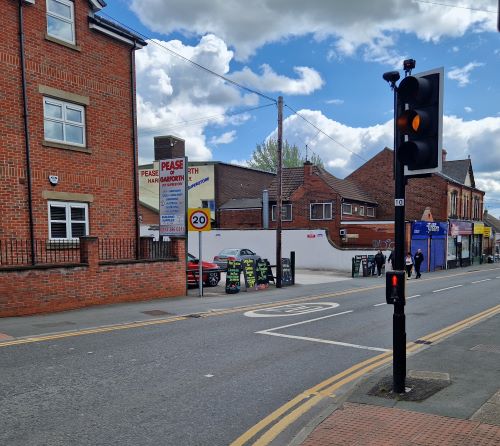
The Police Station located at the top of Briggate (Main Street). In 1969 it was purchased by Hornby Skewes Ltd and converted into warehouse and offices .The Police Station moved to Lidgett Lane. Pease Car park now occupies the site with Coop Building next door
Salem Place


A terrace of houses at Town End of historical and architectural interest, having features such as the decorations above the doors. Also one of the few remaining terraces whose electricity distribution is by cables seen running at mid-height along the fronts of the terrace.
Salem Chapel Evangelical Church
United Methodist Free Church – A corner stone for the new chapel was laid on 13th March 1872 on a site on Wakefield Road. Close to Townend. The chapel known as Salem belonged to Lady Lane Circuit and was opened Thursday 15th August 1872
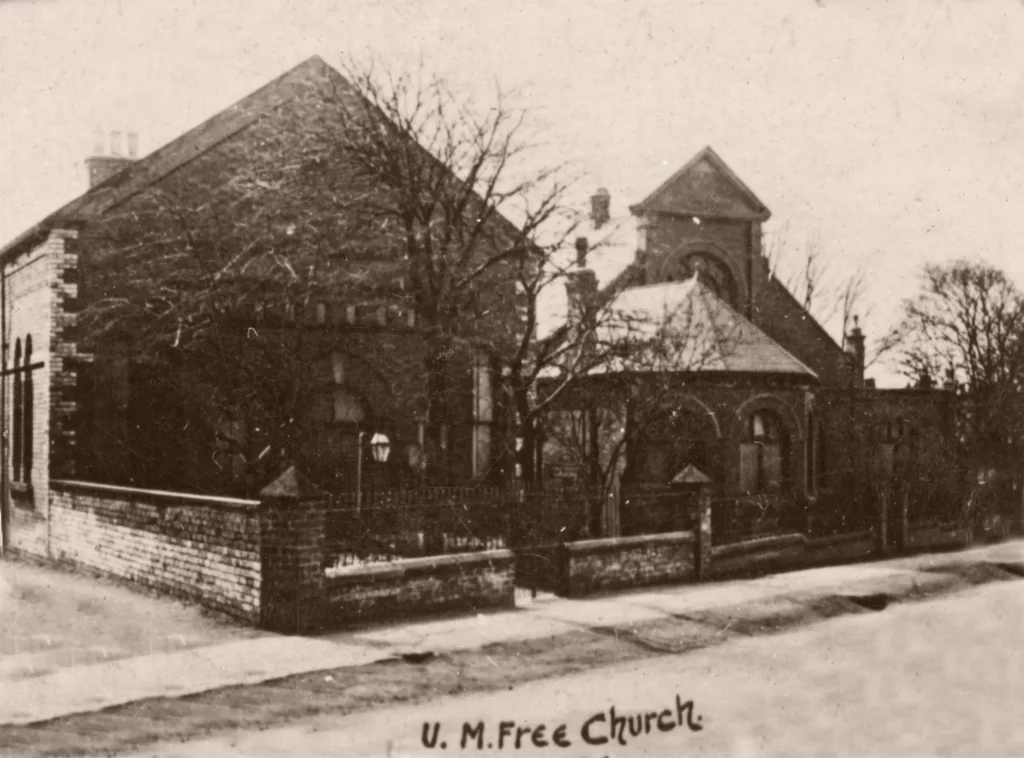
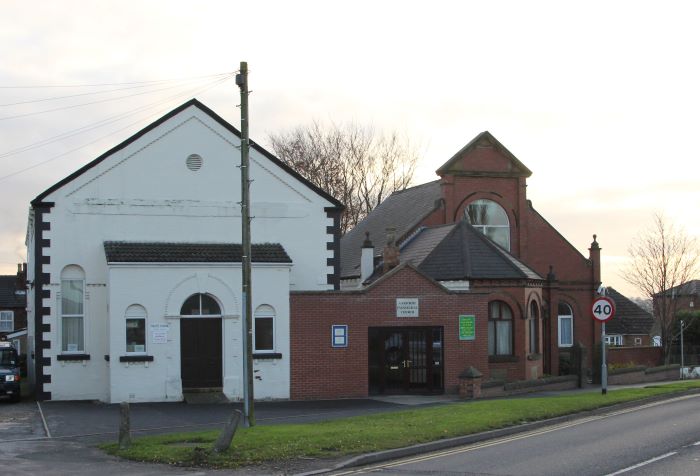
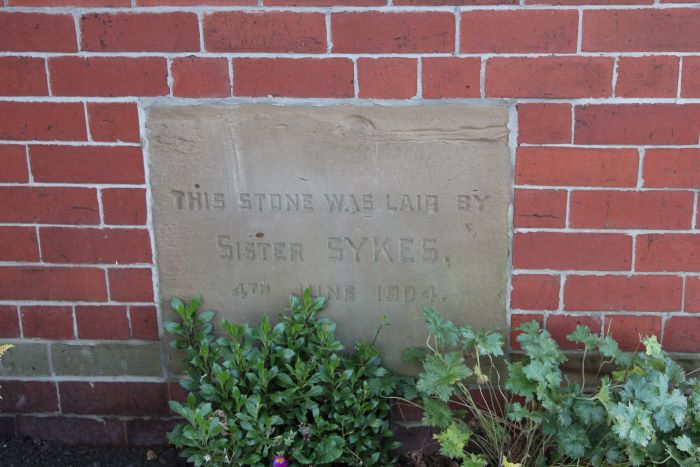

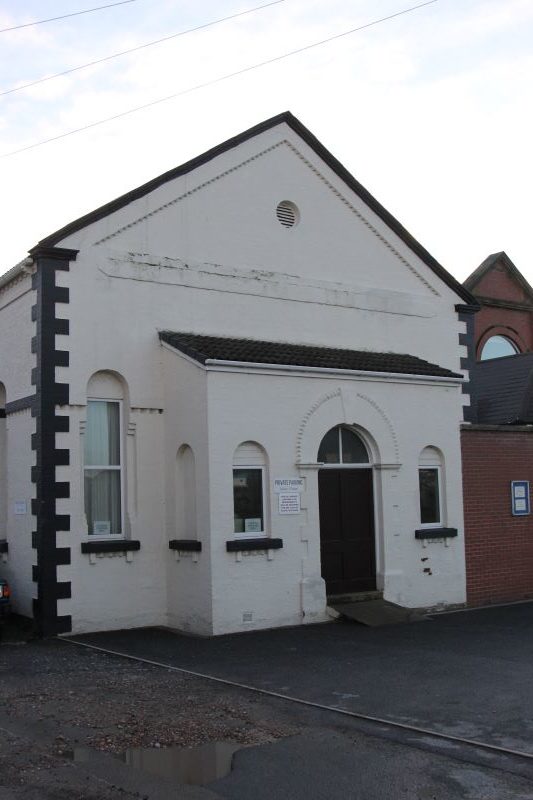
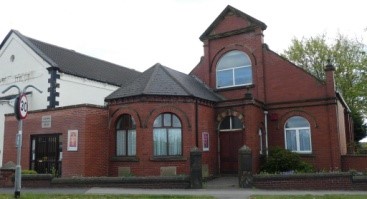
Foundation Stones for a school room was laid in June 1904 and opened by Col G R Lane Fox on 21st January 1905 The builders of the School room were Marshalls of Garforth. The Chapel was the centre of many community activities but by 1920s the debt of the chapel and schoolroom was causing concern. In 1930 help was provided by The Methodist Conference and the debt was cleared. The chapel closed after the last service on 20th November 1969. As with the Primitives before them they amalgamated with the Brunswick on Church Lane. The uniting of the two gave birth to Garforth Methodist Church. A new manse was bought in Station Fields. In 1972 they celebrated their centenary and built an additional small hall. Salem Chapel and school room were bought by Hornby Skewes in 1971 to be used as a warehouse. Hornby Skewes moved out in 1984. Since they moved out the building is in ecclesiastic use again as an Evangelical Free Church and has been since 21st October 1984
Information Source – Hornby Skewes 2015 Golden Jubilee Brochure
Coop Building


The Co-op had a grocers, drapery and general supplies shop on the left hand side. The butchers department was on the right now the Chinese Take Away.Upstairs was a large room which was occasionally rented out to local groups. In 1911 the Manager was Thomas Wormald. Later used by Hornby Skewes, Pease Hardware, a Stationers, and the Chinese and Cafe (2023)
Beevors (Beevers) Cottages
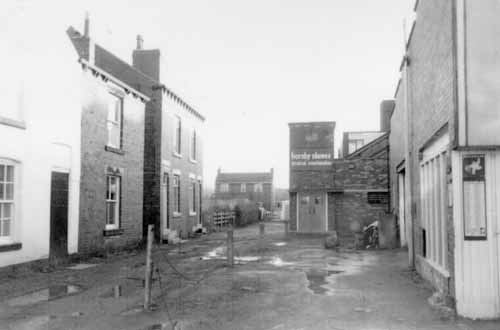

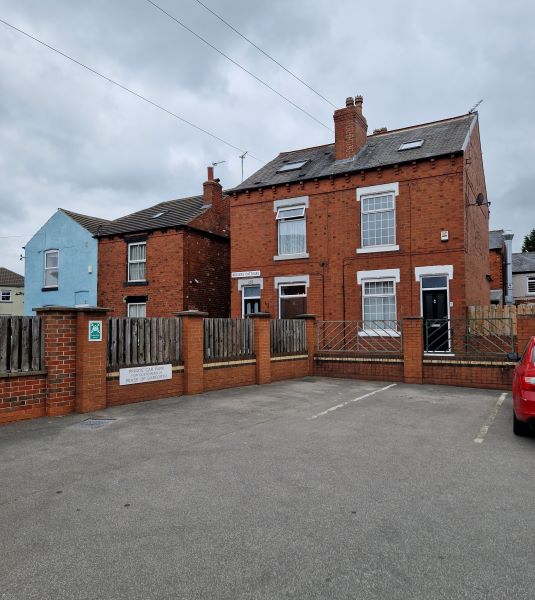
Built by John Beevors former landlord of Miners Arms -Listed in 1911- Located at the back of Pease Car park with a view from Aberford Road and across Pease Car Park in 2023. Old view showing a yard off (Aberford Rd) Station Road, occupied by on the left a row of cottages known as Beevers’ Cottages, on the right Fewster’s Garage and in the background the warehouse of Hornby Skewes musical merchandise. Fewster’s Garage closed in 2007 and was replaced by flats.
The Picture House
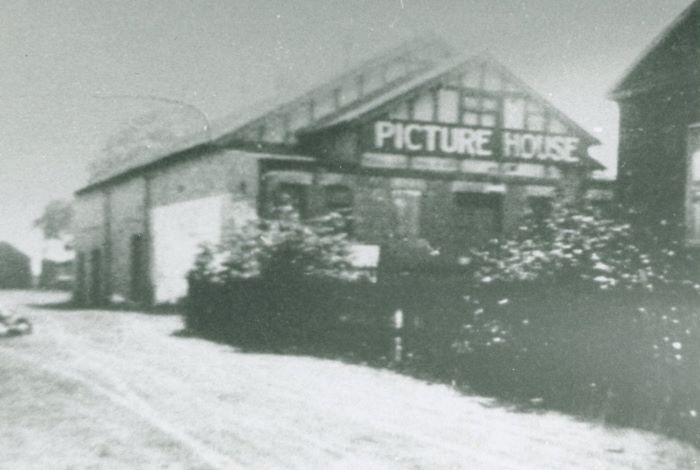
The Picture House opened in 1913. There was no balcony but on a sloping floor there were 300 tip up seats. It closed on 4th June 1966 and Mr Pratt, the manager remembers during WW2, The Picture House and Kippax Alhambra having to share one Newsreel which was transferred between the two by a cyclist! Hornby Skewes Ltd purchased the the building in 1968 for £4600 and converted into offices and a warehouse. It was opened by Leeds United footballer, Jack Charlton. In 1971, part of the car park was developed and possession taken of phase 1 of a purpose built office warehouse complex. In 1974 Phase 2 was opened by Entertainer, Joe Brown. It is now the site of Pease Hardware.
Primitive Methodist Chapel

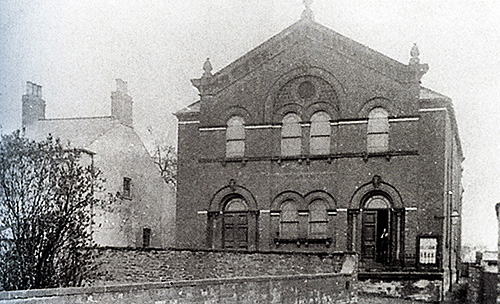
The building was first occupied by the Independent Methodists one of four denominations which included – The Weslyans, The United Methodist Free Church and the Primitive Methodists. The Primitive Methodists society was attached to Leeds First Circuit and were active in 1821 which was only six years after the denomination came into existence. In 1843 they rented a chapel in Chapel Lane which had previously been used by the Independents. Although the building was cold and uncomfortable the society persevered and in 1876 a building programme started to provide better facilities. First the Sunday School was built then the church at a total cost of £1857. The church opened on 8th July 1877 and was attended by 500 people. The Methodist Union took place in 1932 and members of the Primitive Chapel decided to unite with The Methodists of Brunswick in Church Lane. The church closed in 1935 but even then the Sunday School had almost 90 members. In 1980 Hornby Skewes purchased the building for additional warehouse space. Prior to this it had been used by Derwest Jennings Clothing. Hornby Skewes sold the property in 1990 and moved to their new premises on Parkinson Approach off Aberford road. Whilst the façade is original and untouched behind has been completely modernised and is now used as by SLP Dance College.
Newmarket Place

Built by George Rex who built several properties in Main Street including the Newmarket Inn. It is thought the name derives from Newmarket Races where Mr Rex won a substantial amount of money
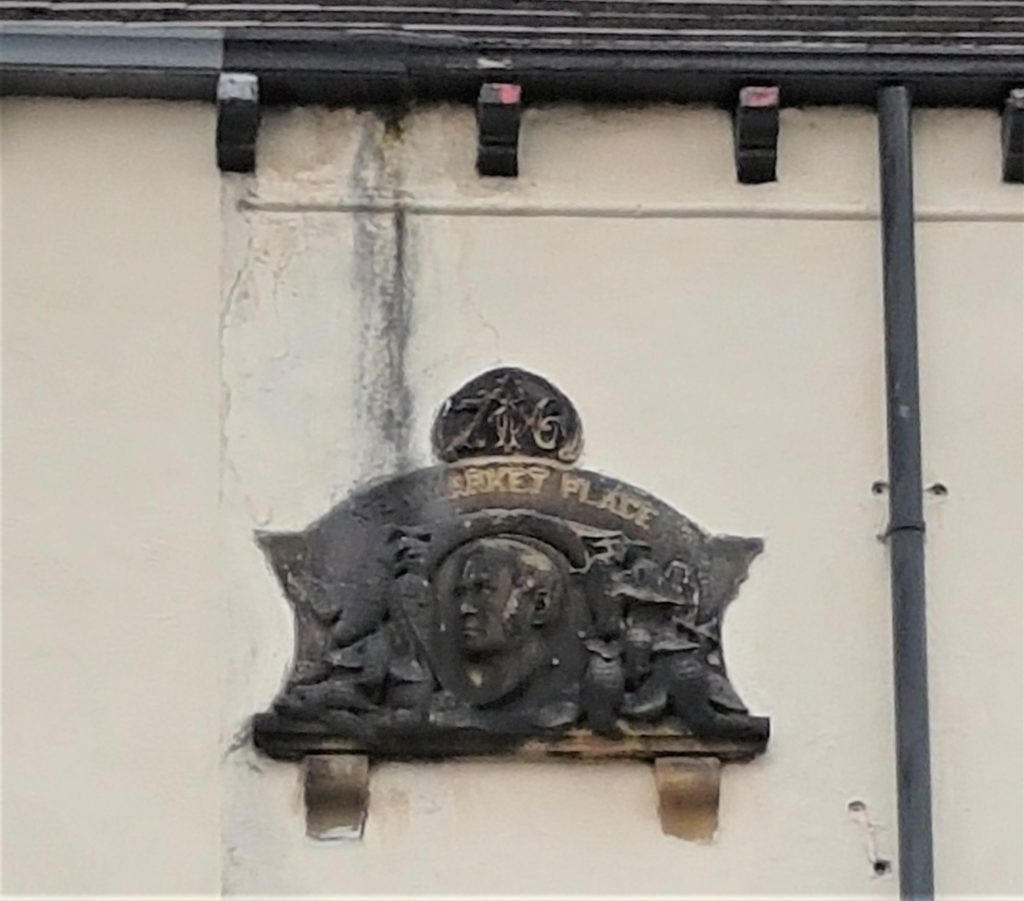
Kensington Terrace
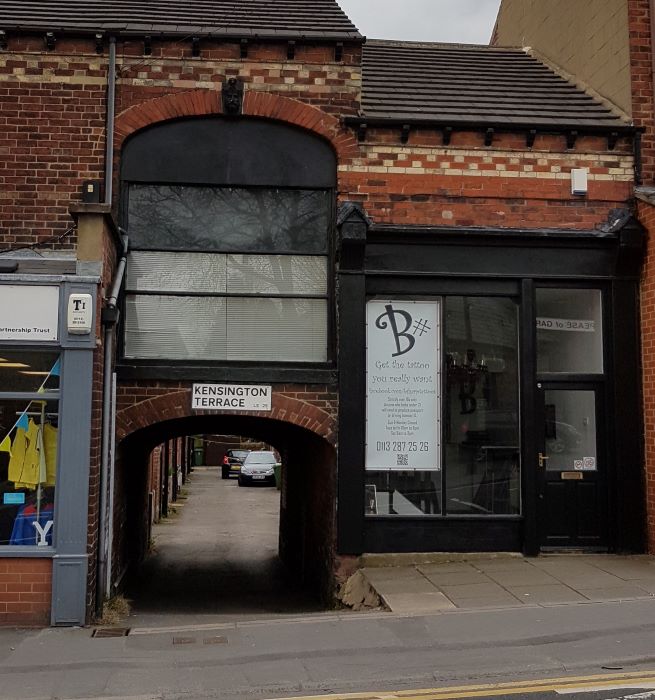
This row of eight terraced houses has historic as well as architectural interest. It is accessed through an arch near the top of Main street. They were built in 1854 by George Rex to provide houses for his 4 sons and 4 daughters. George started as a joiner on Parlington Estate and became a builder and entrepreneur. There is decorative brickwork as well as a cast of a King’s Head. It has been said that the face resembles that of George Rex and the crown may well be an allusion to his name Rex.
George Harry Preston’s Shop
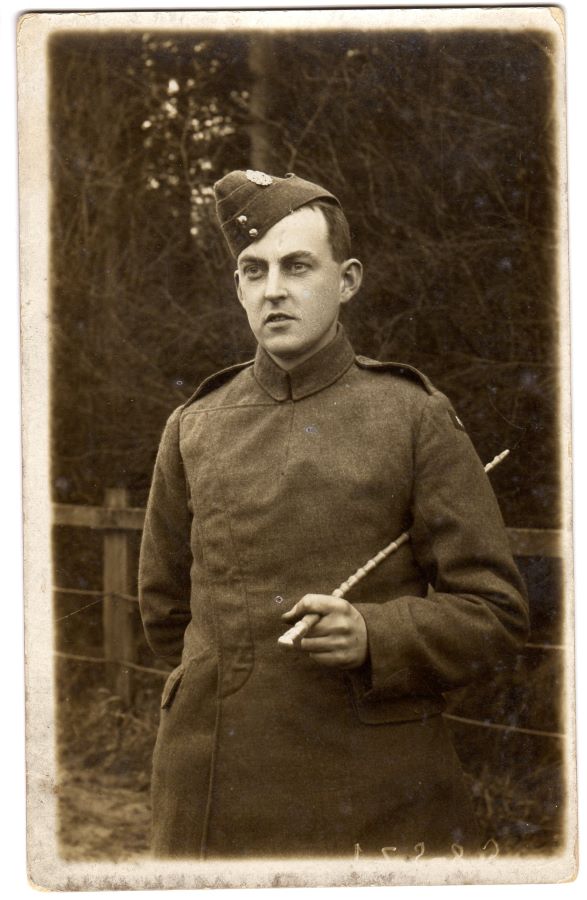
This was Harry’s hairdressers which he ran with his daughter Mary.The premises were later used as a guitar shop.


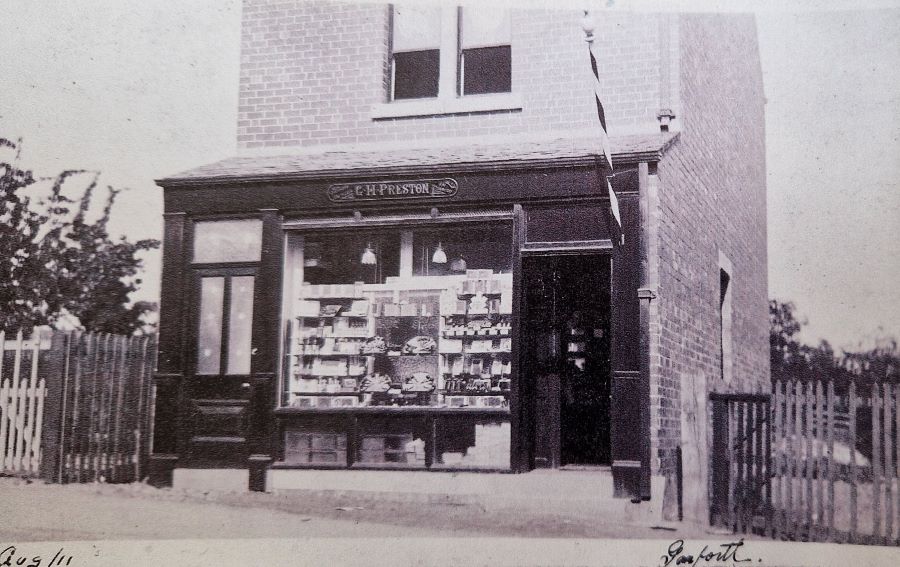

Miners Welfare Hall
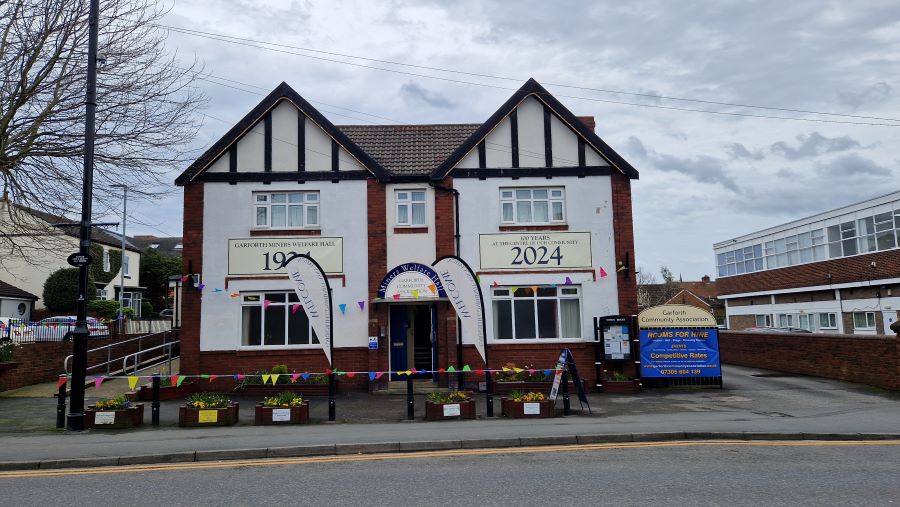
Garforth Miners Institute – Erected by the Trustees of the Garforth Miners Welfare Fund under a Grant from the Central Miners Welfare Committee who were appointed under the Mining Industry Act (1920)

William Robley Steel (Chairman),
Charles Hamblet Hebden (Secretary)
George Edward Banham,
Herbert Gascoigne,
Harry Chappel
Marshalls Brickyard

Marshall Street was the site of Marshalls Brick Yard. This is now Halliday Court which was opened by Cllr. Joan Halliday (nee Roberts)
Demolition of the Brickyard Chimney.
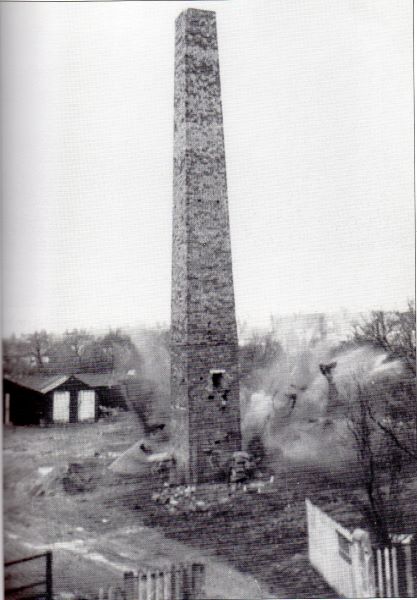
Coupland Road
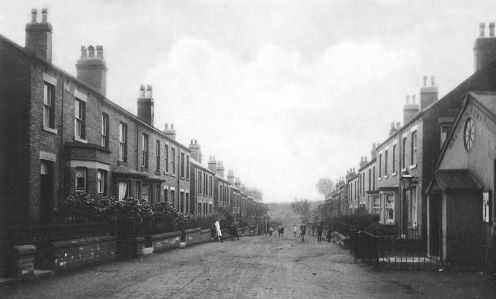
Coupland Road – It was locally known as Army Lane because the Salvation Army Citadel was there.

These date appears to be authentic. Coupland Road was not named on the 1890 OS. In the 1901 Census virtually every house was occupied by miners or someone connected with mining or the railway.

Garforth Liberal Club
Now Wetherspoons – The Briggate

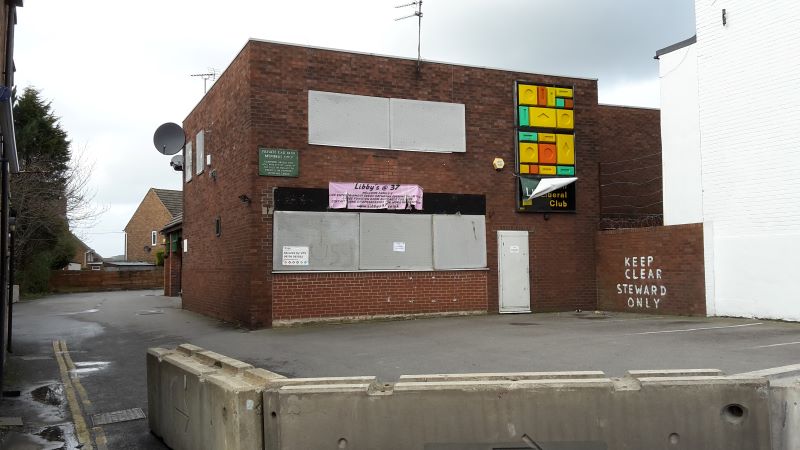

Originally this was a house used as a club for pit boys. A shortage of the money led to closure so it was turned over to a men’s club and obtained a licence to sell beer and spirits. Charles Ellison, who was a miner, bought the house along with three other men . In 1897 Charles, who was a staunch Liberal, took over and went to live there. In the 1901 census he is listed as steward. It became so successful that a dance hall and billiard room were added. Charles died in 1914 but his wife carried on with help of her children until 1920.
Middle of Main Street Images Comparison
Terraces of houses on right of Before Image were known variously as Gascoigne Row and Colliery Row but Fred Knowles recalls the terrace being known as Long Curtain Row which refers to their tall, thin windows. Eagle house is behind the telegraph pole. A rather ugly extension has been added to the house. The earlier photo is about 1935 and the later is about 1971 ( Date Info Courtesy of Steve Norman Nov 2019)


Gascoigne Row
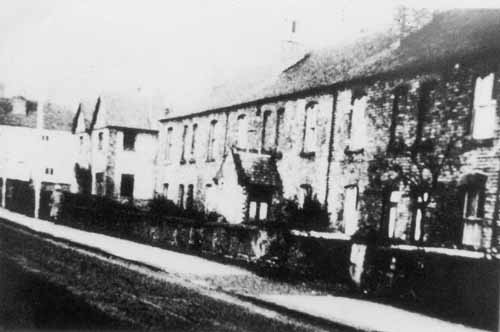
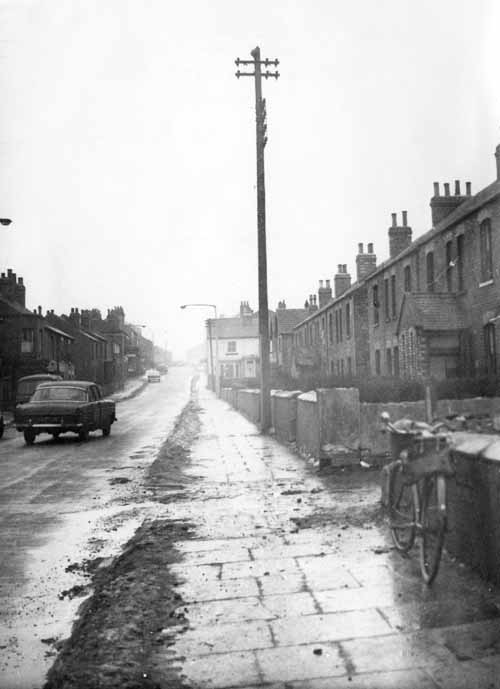
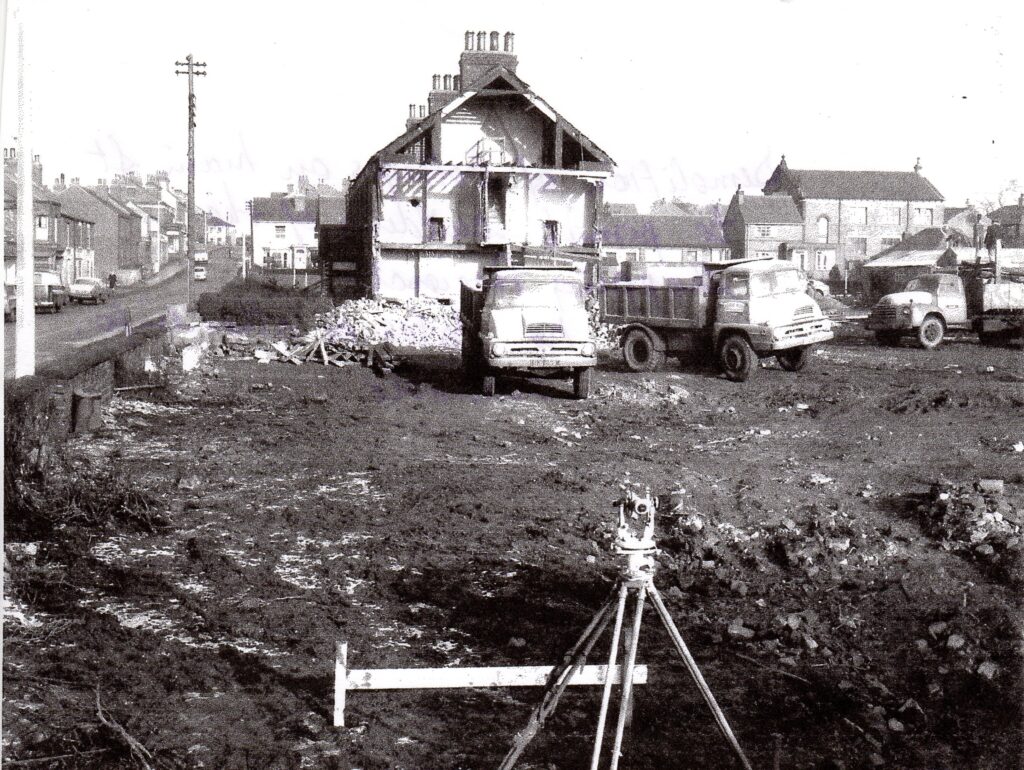
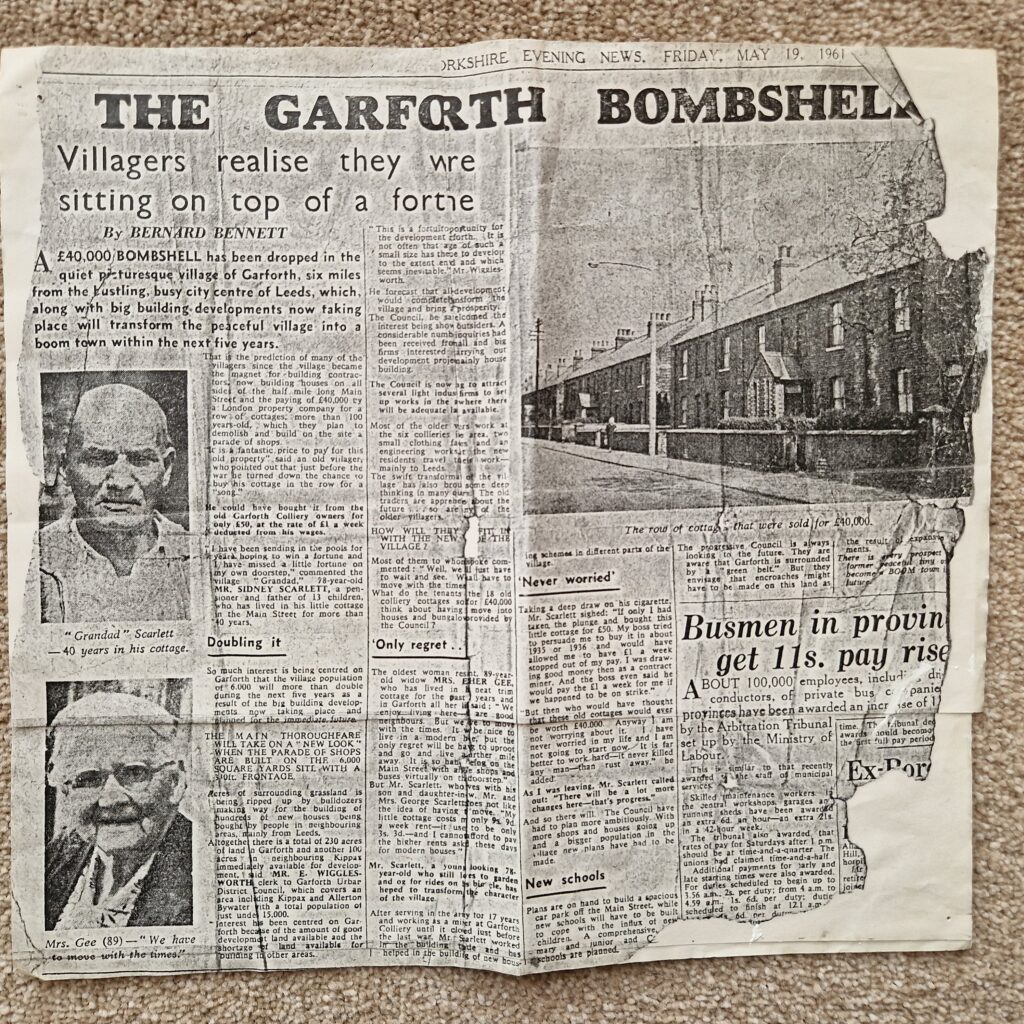
Lower Briggate
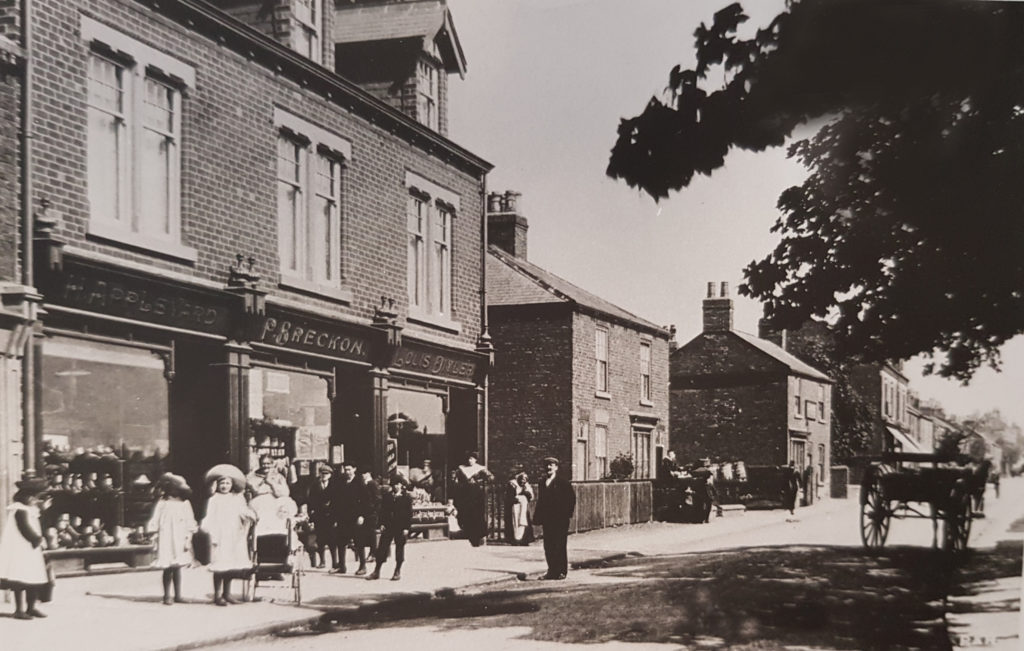

In View 2 the shop on the right is Dimlers Pork butchers. This was well respected business before WW1. Unfortunately, to the dismay of the community, this family of German origin disappeared overnight in WW1, presumably interned. They were never seen again. This shop is now (2024)The Cobblers. The building next to Dimlers became Jordan’s then Ratcliffes Newsagents. They had moved from premises at the bottom of Church Lane which were demolished to make way for a new library. Ratcliffe’s shop is now the location of new buildings housing Ison Harrison Solicitor(2024). The shop next door on the left of Dimlers is James (Jim) Breckon’s Sweet Shop. Known locally as Daddy Breckon. The white building, centre right, is now (2024) La Bella Vita Italian restaurant. In the far distance is the Old Garforth Urban District Offices.
Hewitts Row
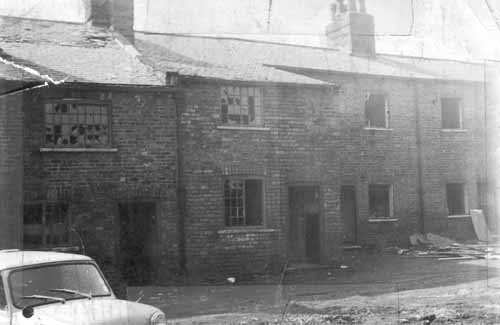
This terrace was in what in is now Barley Hill Road Car Park. It was also known as Dancer Row. The entrance to these was between Ratcliffes Newsagent/ Ison Harrison and Dimlers/Garforth Cobblers Properties. On the other side of the terrace, facing Barley Hill Road, was a large clay hole which Marshals Bricks used. During the winter local children found a good place for sledging. The photograph was taken in 1967 and shows a white mini which belonged to Helen Ratcliffe.
Image Courtsey of Leodis
Parochial School


The school was opened in 1818 as Garforth Charity School. A new building was subsequently opened in 1865 as The Parochial School. The first Master stayed at school 21 years until 1886 . A new enterprising master succeeded him and in his 5 years tenure introduced many new ideas such as a School Museum and a Sports day alongside incentives in the form of awards to encourage pupils to attend. In 1890 school treats were introduced followed a year later by a school Concert and prize giving. It was so popular that many parents weren’t able to get in. In 1894 the log book records that the school” which had never previously earned the highest grants, has twice done so during the last three years” Click to Read More.
In1979 Mrs Tolley was interviewed as she remembers attending the school in 1906 and recalls Edison demonstrating his Phonograph. Miss Barber was head mistress who married Mr Armitage one of the Brickmakers from Rothwell.
Over the years there had been attempts to down grade or close the school. The first came in 1907, shortly after The West Riding County Council were given responsibility for Education. Their newly built school in Barley Hill Road was short of pupils so they instructed the top two forms to report to the new school at the start of the new term, effectively reducing the Parochial school to infants only. This change was contested by the schools managers, presided over by Col Gascoigne. Only six pupils turned up for at the new school. This victory says something about the Gascoigne influence – he was well respected but the parents might have considered that he employed many of them and was their landlord. The School came under threat of closure in the late 1970s but in 1979 it was saved by the response of villagers. However it did close in 1990 and was demolished in 1994 and the Medical Centre was built.

View looking up Church Lane from the junction with Briggate and the Parochial School on the left and the site of the new Library on the right

View looking up Church Lane from the junction with Briggate and the Parochial School on the left and the site of the new Library on the right.
Images and Copy from Garforth Historical Archive at Garforth Library
Garforth Library
Old Shops housed Shackleton’s Bakery and Mortimer Green Grocers Shop and Mortimer Close named after him and the adjacent farm. In the1960s the property with the sloping roof was used as Stuart Clark’s Photographic Studio (Stuart is one of our contributors) These were demolished to make way for a new Library opened in 1969.

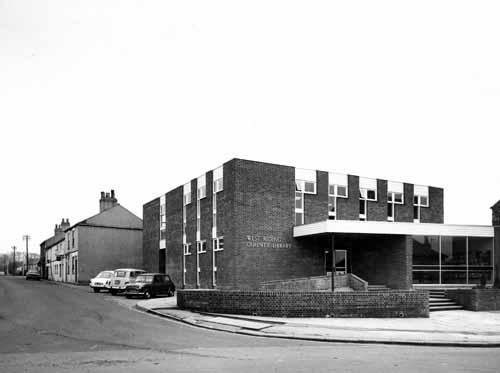
The library and One Stop Centre has modern architectural merit and is a well known landmark at the junction of Main Street and Church Lane . The library, opened in1969, was later refurbished and extended as seen in the photograph.

Holly House

The shop on the right in 1844 W Secker Grocer, then Alfred Smith Grocer – Shaw’s Food and Wine -Garforth Book Shop in 1963 – Technicolour Hair Design. Next building is now Chinese Take Away. Building with four upstairs windows later belonged to Mr Pickering Butchers .
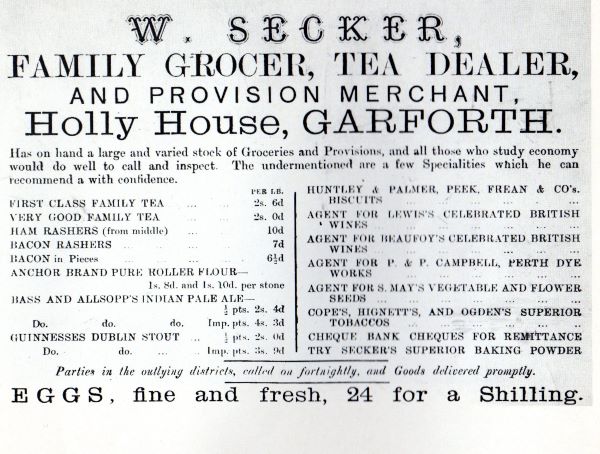
Main Street at Church Lane

The bottom of Main St. -Its changing face
Creative Bathrooms, Blacks Hairdressers ,450 Restaurant, Paula’s Cafe (now Saffron Indian) – Chinese Take Away- Technicolour Hair Design in Holly House
Pickering’s Butchers

Tom Pickering’s butcher’s shop on the left. The Pickering business was started by his grand father. This shop was purchased from Sydney Toes, who had succeeded his father, William Toes, as butcher on these premises. Sydney Toes had run the business for short time in the mid 1930s.
The Pickering family kept animals on land rented from the Parlington estate which they slaughtered and prepared themselves on premises on Station Road. As well as running this retail shop they did considerable trade with major hotels in the area.
Images Coutesy of Leodis

After Tom Pickering’s retirement it remained a butchers for a time, D & K Meats, but was not as successful. Also in the photo are Northern Rock Building Society, Cowburn & Co. Insurance Brokers, G Travel and the Leeds and Holbeck Building Society. Photo by Tom Pickering. 1960.The shop is now occupied by Creative of Garforth.
The building in front of the mini is now Blacks Hairdressers. Next in the row, the shop behind the mini, is the entrance to 450 Restaurant and Paula’s Cafe (closed Jul 2023 Now Saffron Indian) This is the latest of the these buildings, Previously it was an open entrance to Pickering’s yard at the rear. The next shop is now a Chinese Take Away and the shop on the corner is Holly House now Technicolour Hair Design.
Garforth UDC Offices

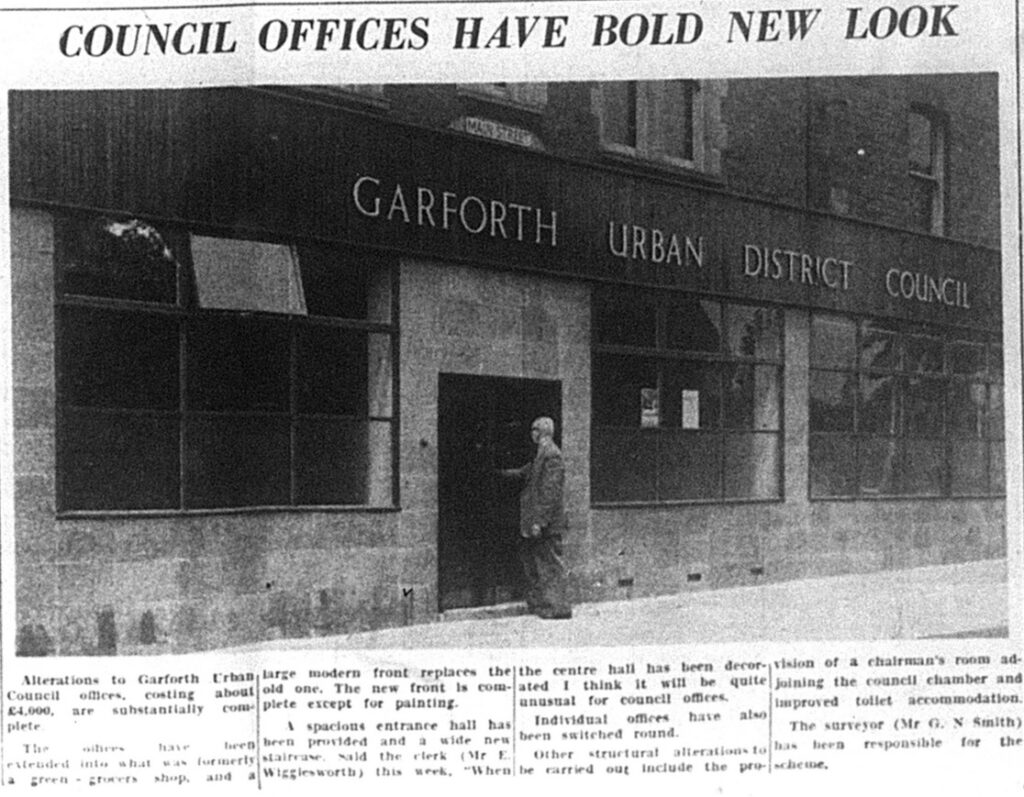

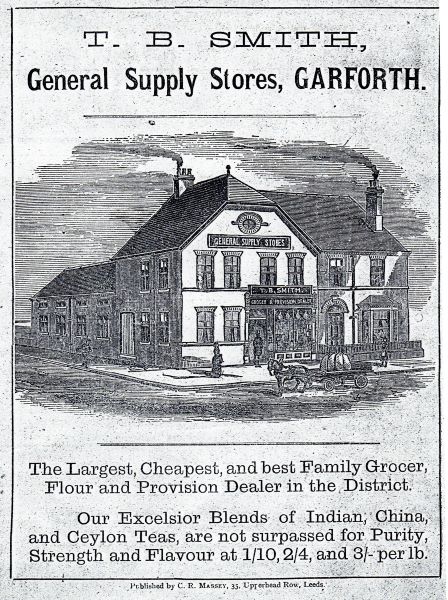
Originally this building was T.B. Smith’s General Supply Stores located at the bottom of Main Street opposite Garforth Medical Centre, It housed the Post Office, Garforth UDC- formed in 1909, and Police .The Knowles family fruit and veg shop on the left and on right Simpson Electrical and Bike Shop.( It was where locals could get battery accumulators recharged) . The library was located here during extension and refurbishment of the building opposite
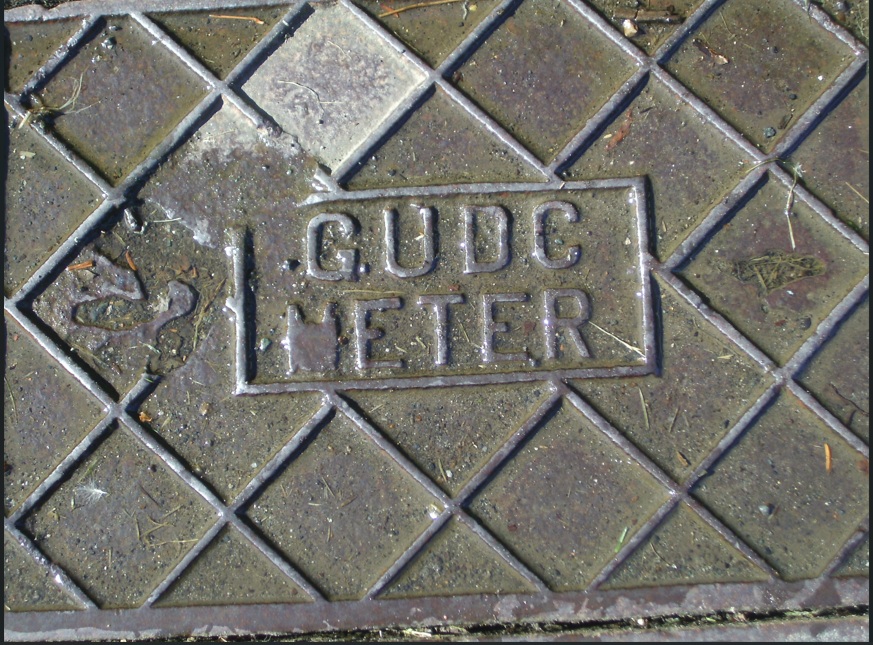
These are images of Garforth UDC Meter Covers still located on Green Lane in March 2025. They are thought to be only remaining physical items reference to GUDC. The images are kindly provided by Maurice Norman, a former Chair of Garforth Historical Society
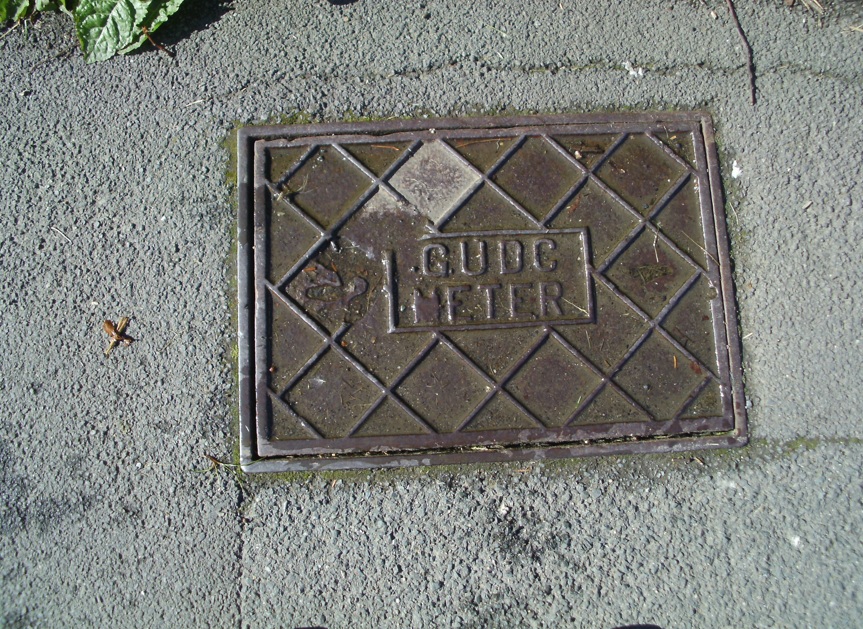

2023 – Location of Nisa Convenience Store – Apartments and Retail Outlets have been built adjacent at the start of Lidgett Lane. Previously this was the location of Westerman’s Coal Merchants – Sun Ray Fish Chip Shop and Saberton Motors in 2002.

Images Courtesy of Leodis & from Garforth Historical Soc & from Conversation with Fred Knowles July 2023









